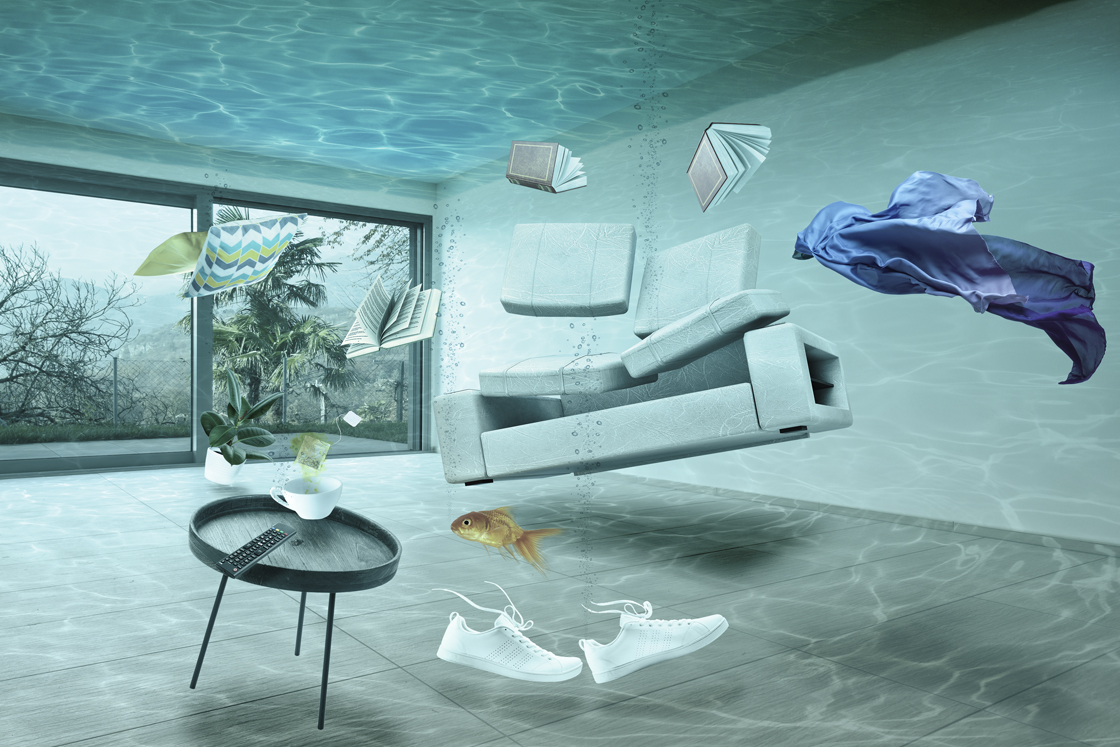Guide To Water Leak Discovery In The House
Guide To Water Leak Discovery In The House
Blog Article
This post below about Locating water leaks is totally attention-grabbing. Don't bypass it.

Early detection of leaking water lines can mitigate a potential catastrophe. Besides conserving you money, it will minimize the irritation and aggravation. The moment you locate a leakage, calling your plumber for repair services is the most effective solution. Nevertheless, some little water leakages might not show up. Below are some hacks that help if you can not spot it with your nude eyes.
1. Check Out the Water Meter
Every home has a water meter. Examining it is a proven manner in which assists you uncover leakages. For starters, switch off all the water sources. Ensure no one will certainly purge, utilize the faucet, shower, run the cleaning maker or dishwasher. From there, go to the meter and also watch if it will certainly alter. Because no person is utilizing it, there need to be no motions. If it moves, that suggests a fast-moving leak. If you identify no adjustments, wait an hour or two and also check back again. This indicates you might have a slow leakage that might even be underground.
2. Examine Water Consumption
If you identify sudden changes, regardless of your intake being the exact same, it means that you have leaks in your plumbing system. An abrupt spike in your bill suggests a fast-moving leak.
On the other hand, a constant boost monthly, despite the same behaviors, reveals you have a slow-moving leakage that's additionally gradually intensifying. Call a plumber to completely examine your residential property, particularly if you really feel a warm location on your floor with piping beneath.
3. Do a Food Coloring Examination
30% comes from bathrooms when it comes to water usage. Examination to see if they are running effectively. Decrease flecks of food color in the storage tank and wait 10 minutes. If the color in some way infiltrates your bowl during that time without flushing, there's a leak between the container and also bowl.
4. Asses Outside Lines
Don't forget to examine your exterior water lines as well. Should water seep out of the connection, you have a loosened rubber gasket. One small leak can waste tons of water and also increase your water costs.
5. Evaluate the scenario and also check
House owners must make it a behavior to examine under the sink counters as well as even inside cabinets for any kind of bad odor or mold and mildew growth. These two warnings suggest a leakage so prompt interest is required. Doing routine examinations, also bi-annually, can save you from a major trouble.
Examine for discolorations as well as damaging as most pipes and appliances have a life expectations. If you suspect leaking water lines in your plumbing system, don't wait for it to intensify.
Early discovery of dripping water lines can minimize a potential catastrophe. Some small water leakages might not be noticeable. Examining it is a proven means that helps you discover leaks. One tiny leak can squander heaps of water and also increase your water costs.
If you believe dripping water lines in your plumbing system, do not wait for it to rise.
WARNING SIGNS OF WATER LEAKAGE BEHIND THE WALL
PERSISTENT MUSTY ODORS
As water slowly drips from a leaky pipe inside the wall, flooring and sheetrock stay damp and develop an odor similar to wet cardboard. It generates a musty smell that can help you find hidden leaks.
MOLD IN UNUSUAL AREAS
Mold usually grows in wet areas like kitchens, baths and laundry rooms. If you spot the stuff on walls or baseboards in other rooms of the house, it’s a good indicator of undetected water leaks.
STAINS THAT GROW
When mold thrives around a leaky pipe, it sometimes takes hold on the inside surface of the affected wall. A growing stain on otherwise clean sheetrock is often your sign of a hidden plumbing problem.
PEELING OR BUBBLING WALLPAPER / PAINT
This clue is easy to miss in rooms that don’t get much use. When you see wallpaper separating along seams or paint bubbling or flaking off the wall, blame sheetrock that stays wet because of an undetected leak.
BUCKLED CEILINGS AND STAINED FLOORS
If ceilings or floors in bathrooms, kitchens or laundry areas develop structural problems, don’t rule out constant damp inside the walls. Wet sheetrock can affect adjacent framing, flooring and ceilings.
https://www.servicemasterbyzaba.com/blog/how-to-detect-water-leakage-in-walls/

I am very involved in Finding hidden leaks and I am assuming you liked our blog entry. Are you aware of another person who is fascinated about the niche? Take a moment to promote it. Thanks a lot for taking the time to read it.
Report this page